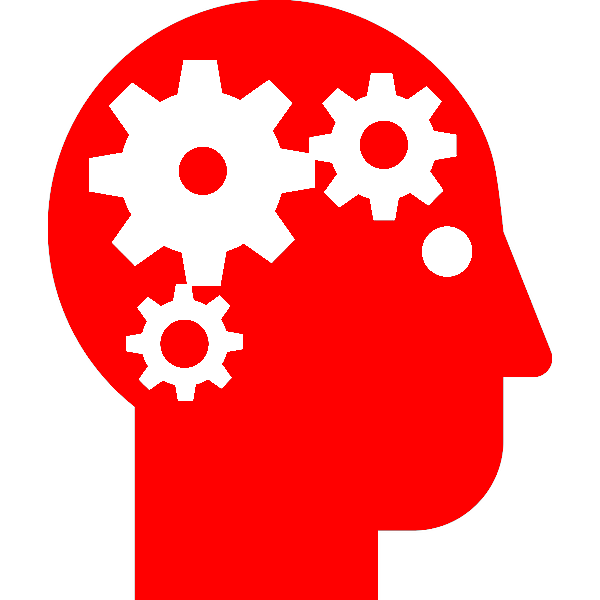BPS District Social Studies Standards Book
HS Behavioral Sciences
 Behavioral Sciences Standards
Behavioral Sciences Standards
Students... 
Psychology 
Sociology
SST-HS.PSY Psychology Standards
SST-HS.PSY.A Psychology Anchor Standards
- SST-HS.PSY.A1 Utilize critical thinking and problem-solving skills to develop an understanding of psychology.
- SST-HS.PSY.A2 Practically apply concepts of psychology.
- SST-HS.PSY.A3 Analyze how topics evolve and research develops as discoveries occur.
SST-HS.PSY.D1 Domain 1: History and Research
- SST-HS.PSY.D1.1 Describe psychology as an empirical science
- SST-HS.PSY.D1.2 Analyze research methods
- SST-HS.PSY.D1.3 Analyze ethical standards
- SST-HS.PSY.D1.4 Describe different careers in psychology
SST-HS.PSY.D2 Domain 2: Biological Bases of Behavior
- SST-HS.PSY.D2.1 Identify the functions of the major divisions and subdivisions of the human nervous system
- SST-HS.PSY.D2.2 Identify the parts of the neuron and describe the basic process of neural transmission
- SST-HS.PSY.D2.3 Describe the interactions between the endocrine and nervous system
- SST-HS.PSY.D2.4 Discuss processes of sensation and perception and how they interact
- SST-HS.PSY.D2.5 Identify states of consciousness
- SST-HS.PSY.D2.6 Describe the sleep cycle
- SST-HS.PSY.D2.7 Describe types of sleep disorders
SST-HS.PSY.D3 Domain 3: Disorder, Therapies, and Treatments
- SST-HS.PSY.D3.1 Describe the classifications of psychological disorders
- SST-HS.PSY.D3.2 Describe symptoms and causes of major categories of psychological disorders
- SST-HS.PSY.D3.3 Explain the types of treatments available
SST-HS.PSY.D4 Domain 4: Development and Learning
- SST-HS.PSY.D4.1 Describe the interaction between hereditary v. environment
- SST-HS.PSY.D4.2 Explain the theories of cognitive, moral, and social development
- SST-HS.PSY.D4.3 Trace the physical, cognitive, and social development of the lifespan
- SST-HS.PSY.D4.4 Describe the principles of classical and operant conditioning
- SST-HS.PSY.D4.5 Apply observational and cognitive learning to everyday life
SST-HS.PSY.D5 Domain 5: Memory and Cognition
- SST-HS.PSY.D5.1 Describe the types of memory
- SST-HS.PSY.D5.2 Explain strategies for improving the encoding of memory
- SST-HS.PSY.D5.3 Explain the processes of memory retrieval nad improvement
- SST-HS.PSY.D5.4 Describe theories of intelligence
- SST-HS.PSY.D5.5 Apply observational and cognitive learning to everyday life
SST-HS.PSY.D6 Domain Domain 6: Motivation and Emotion
- SST-HS.PSY.D6.1 Explain types of motivation
- SST-HS.PSY.D6.2 Explain types of emotion
SST-HS.PSY.D7 Domain 7: Personality
- SST-HS.PSY.D7.1 Explain theories of personality
- SST-HS.PSY.D7.2 Describe personality assessments
SST-HS.PSY.D8 Domain 8: Social Psychology
- SST-HS.PSY.D8.1 Describe how group dynamics influence behavior
- SST-HS.PSY.D8.2 Describe how society influences an individual's behavior
- SST-HS.PSY.D8.3 Explain the nature and effects of stereotyping, prejudice, discrimination, and racism
SST-HS.SOC Sociology Standards
SST-HS.SOC.A Sociology Anchor Standards
- SST-HS.SOC.A1 Utilize critical thinking and problem-solving skills to develop an understanding of different perspectives of sociology.
- SST-HS.SOC.A2 Practically apply concepts of sociology.
SST-HS.SOC.D1 Domain 1: Introduction
- SST-HS.SOC.D1.1 Define sociology.
- SST-HS.SOC.D1.2 Explain the major methods of sociological research.
- SST-HS.SOC.D1.3 Explain the theories of sociology.
SST-HS.SOC.D2 Domain 2: Social Structure
- SST-HS.SOC.D2.1 Define and provide examples of culture.
- SST-HS.SOC.D2.2 Explain the relationship between culture and society.
- SST-HS.SOC.D2.3 Explain important institutions in society.
- SST-HS.SOC.D2.4 Explain how social institutions and cultures change over time.
SST-HS.SOC.D3 Domain 3: Social Relationships
- SST-HS.SOC.D3.1 Describe the process of socialization.
- SST-HS.SOC.D3.2 Explain the process of the social construction of the self.
- SST-HS.SOC.D3.3 Explain the social construction of groups and their role in society.
SST-HS.SOC.D4 Domain 4: Social Stratification and Inequality
- SST-HS.SOC.D4.1 Explain common patterns of social inequality and the impact on groups.
- SST-HS.SOC.D4.2 Explain how racism, sexism, and ageism have evolved over time.
- SST-HS.SOC.D4.3 Explain the relationship between social institutions and inequality.
- SST-HS.SOC.D4.4 Explain individual, group, and social responses to inequality.
